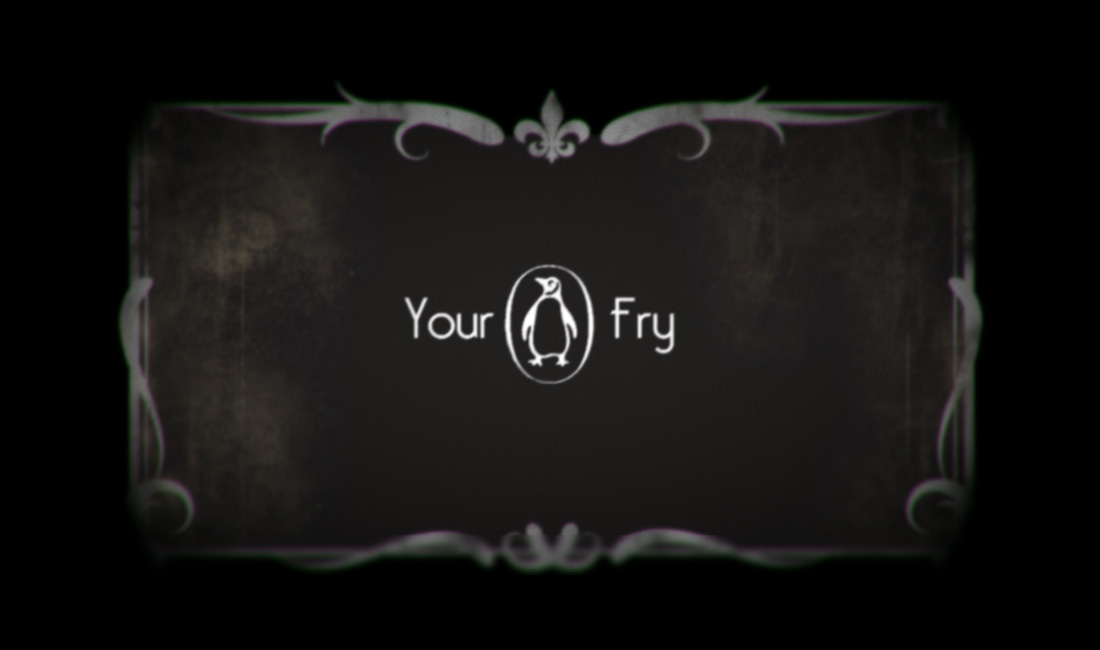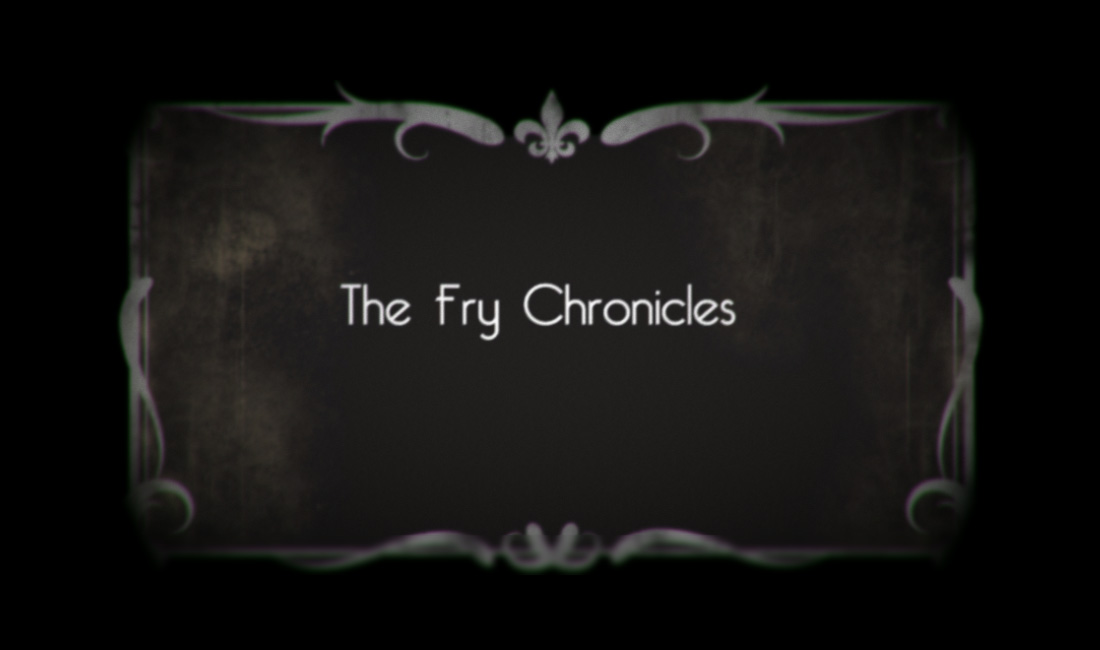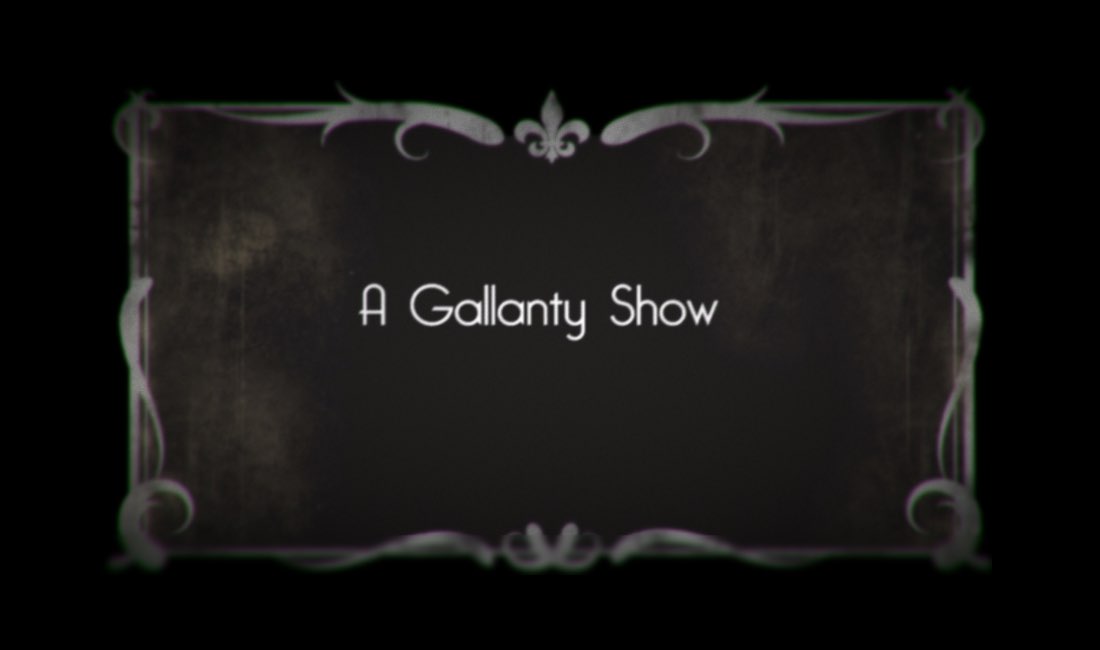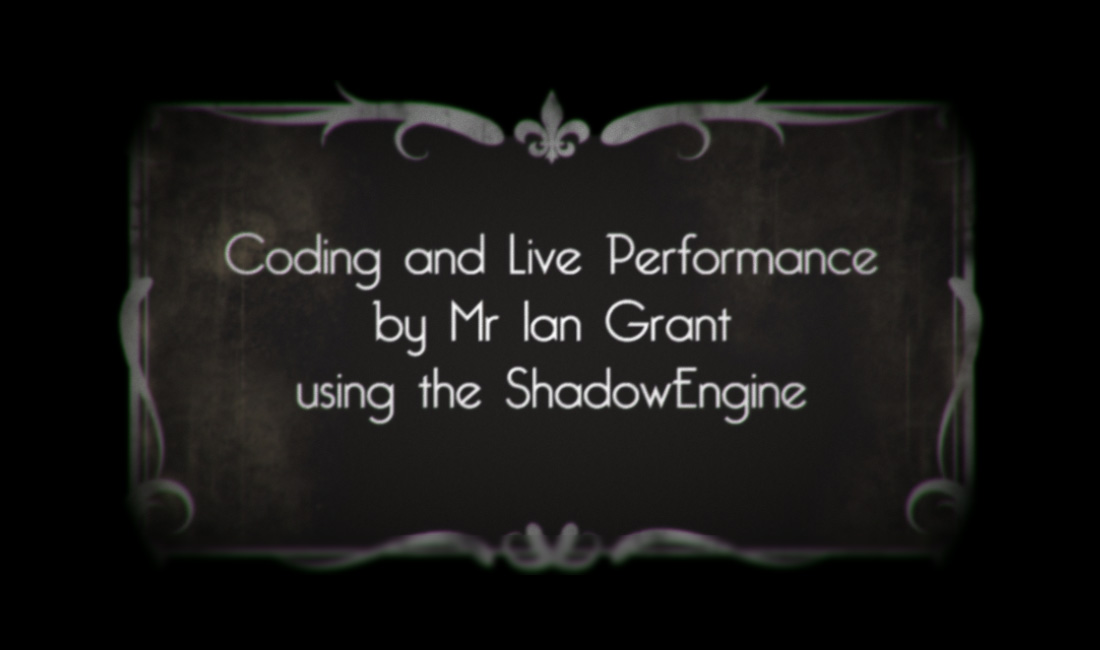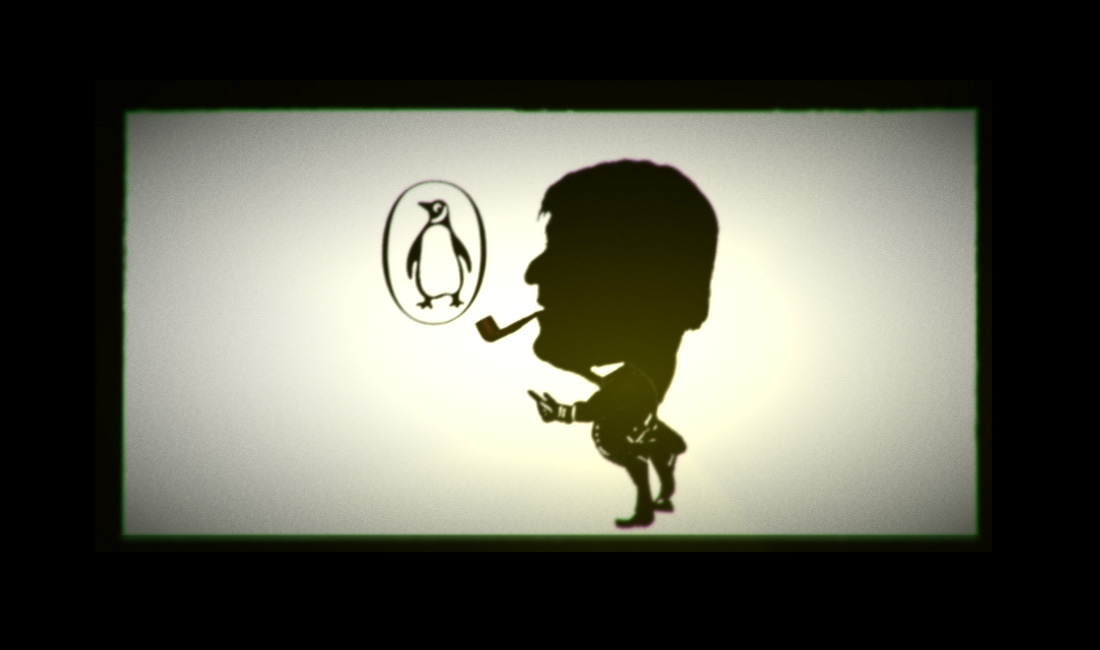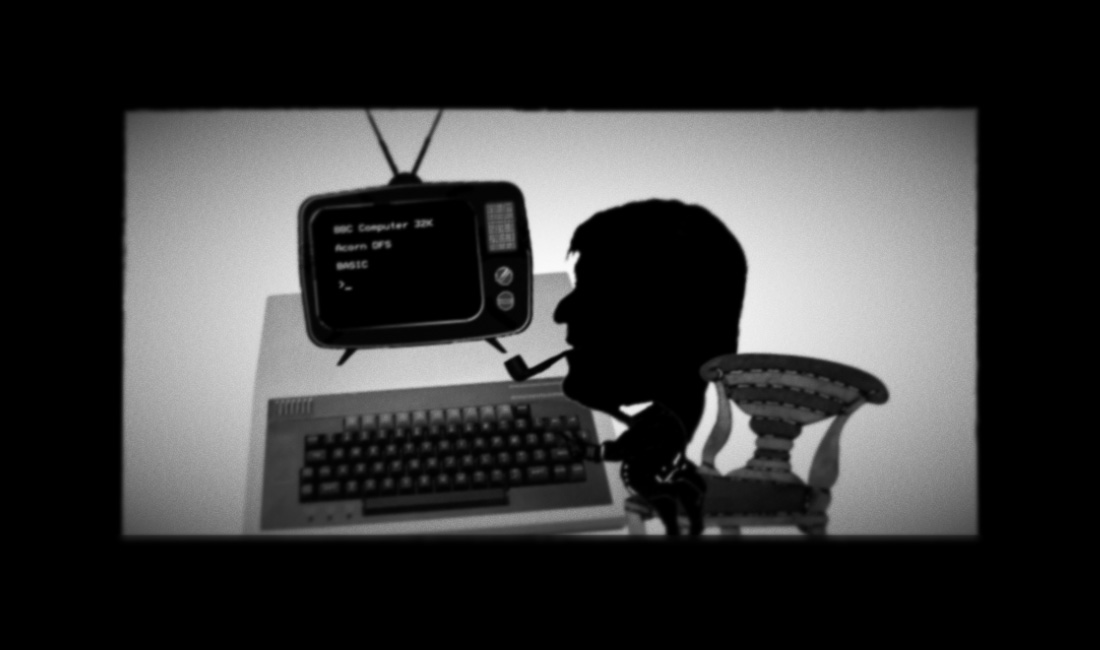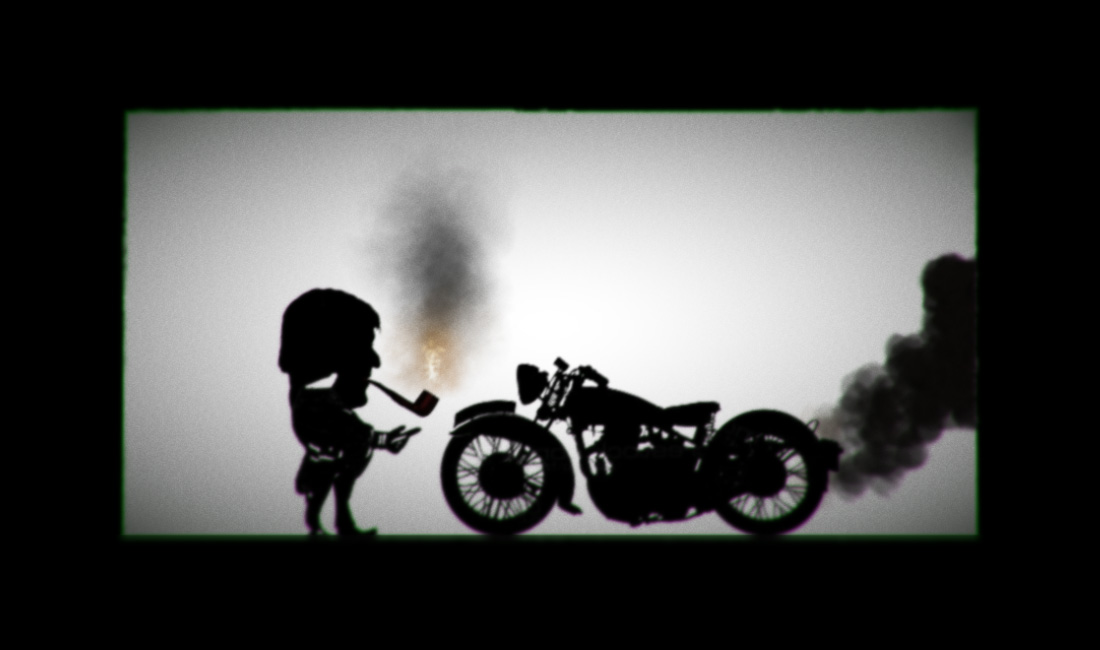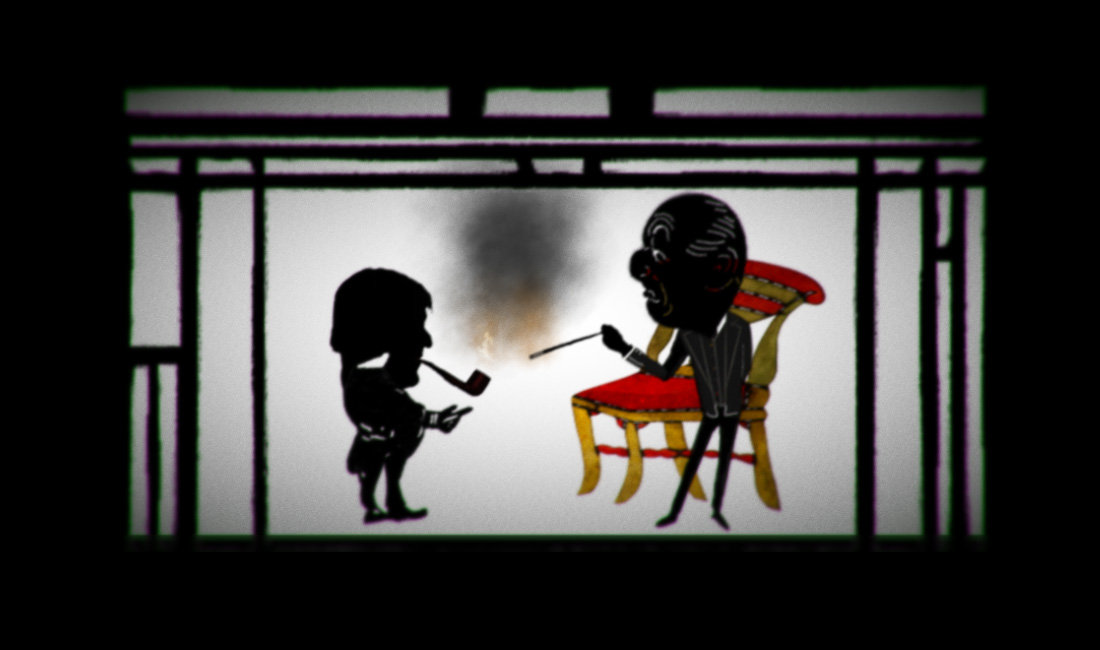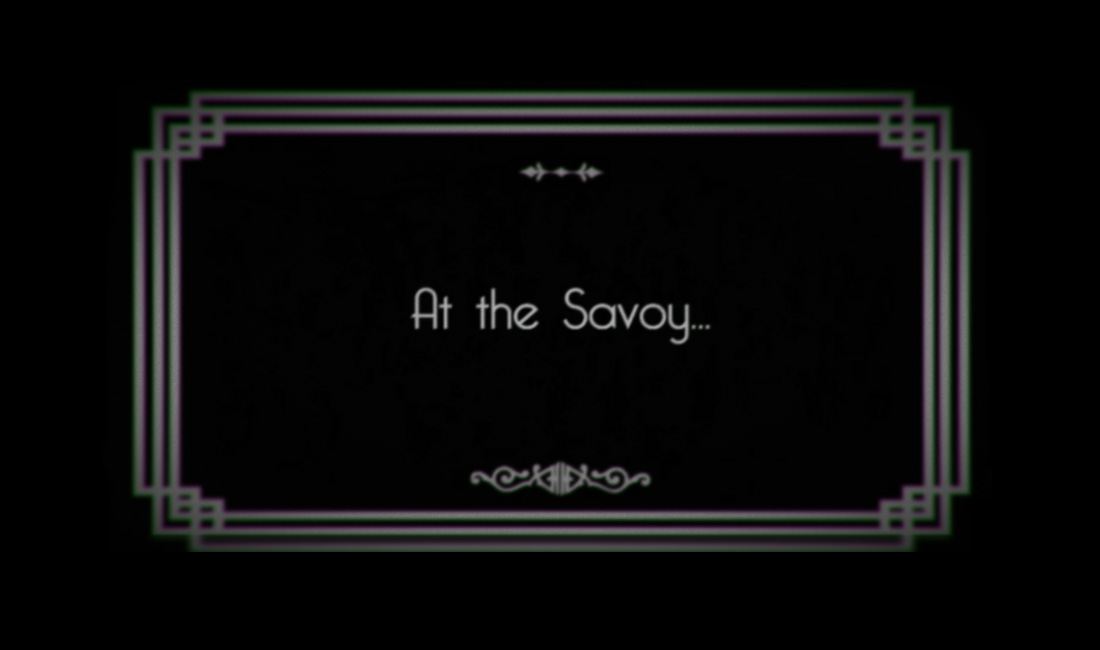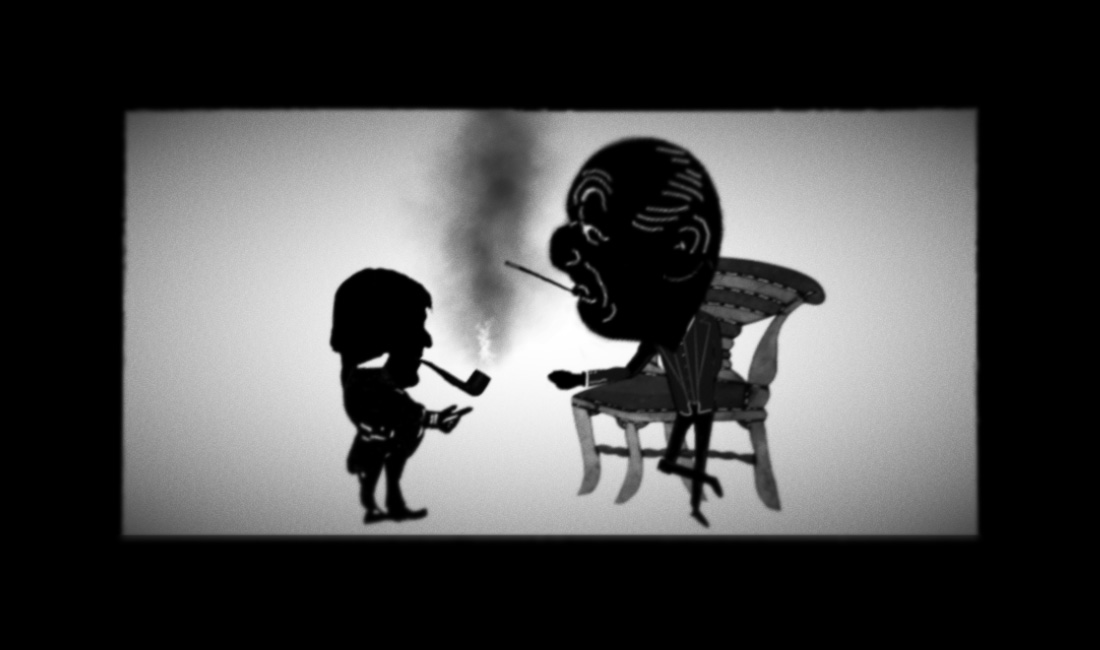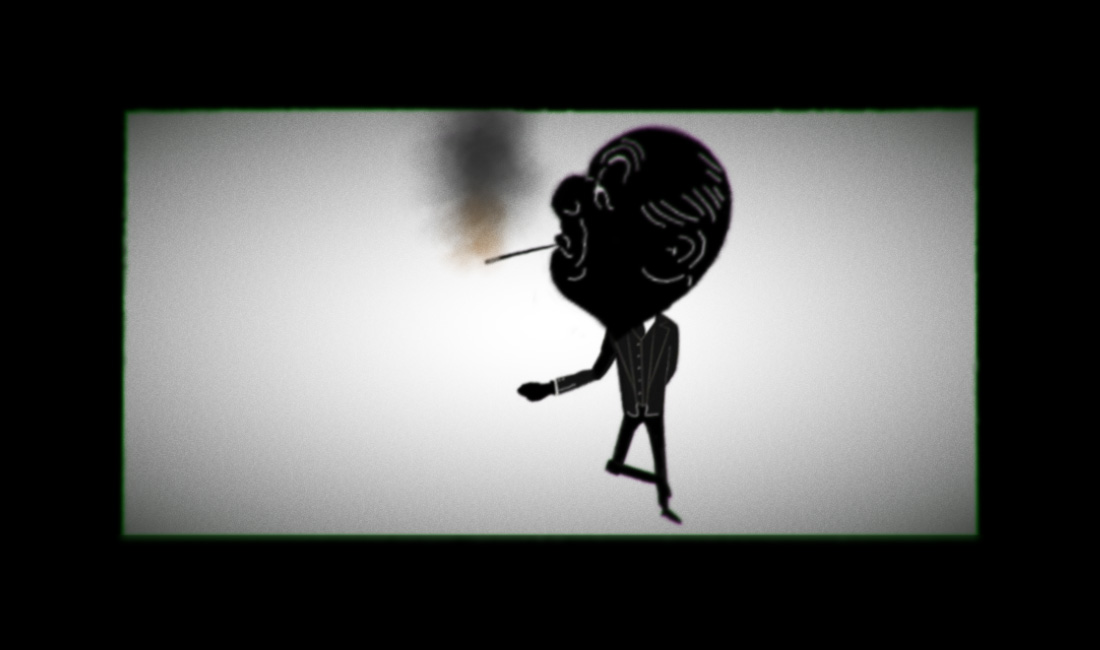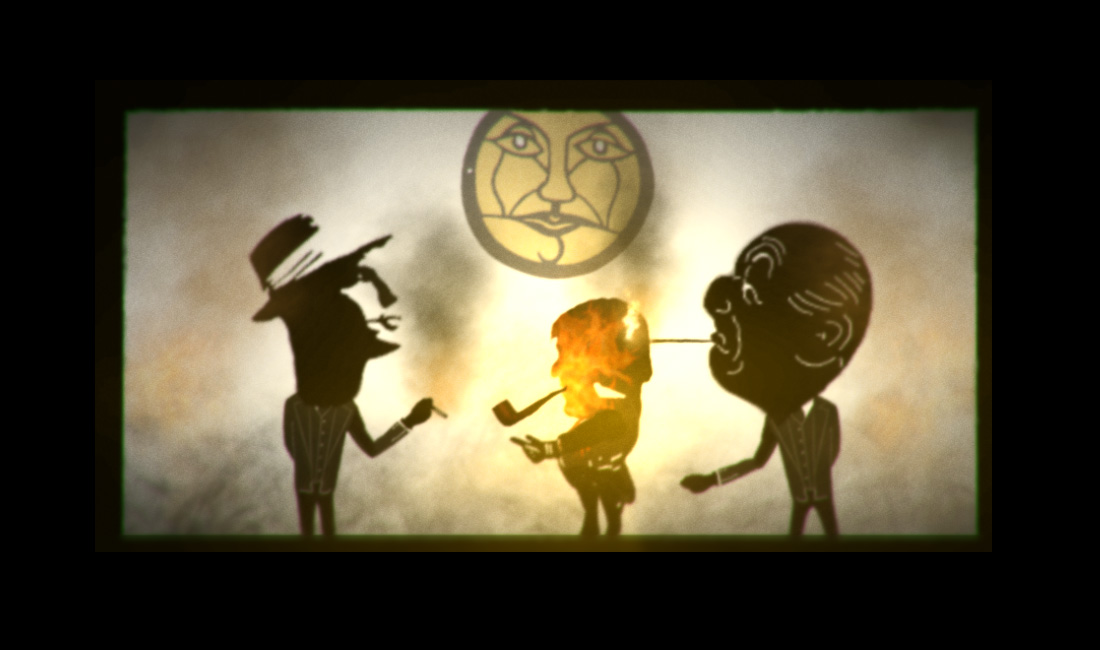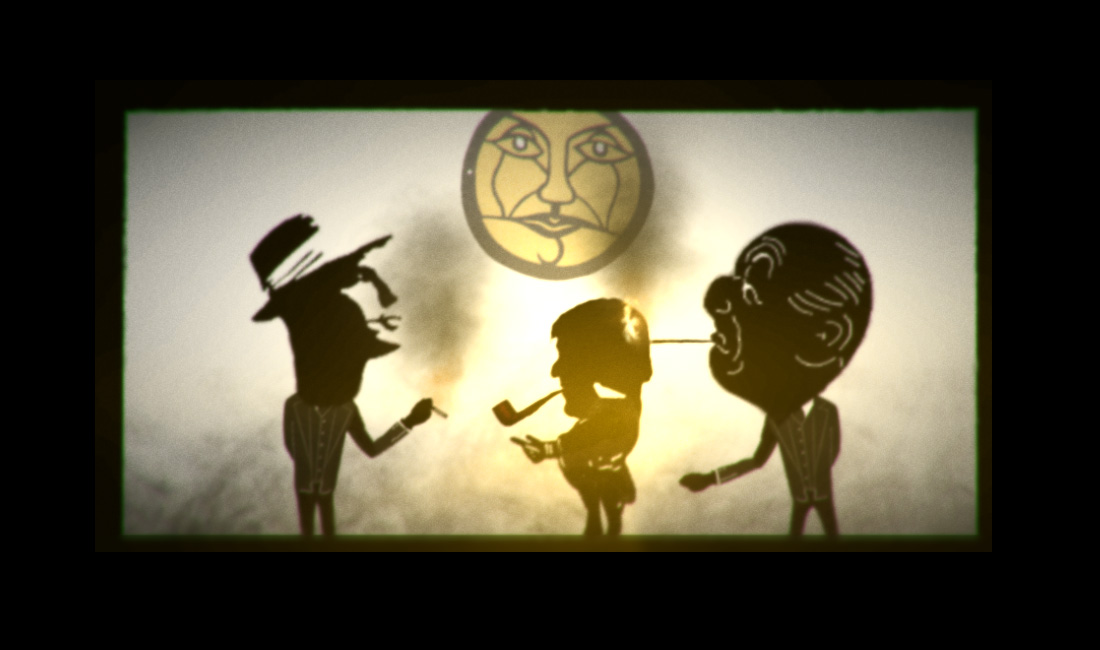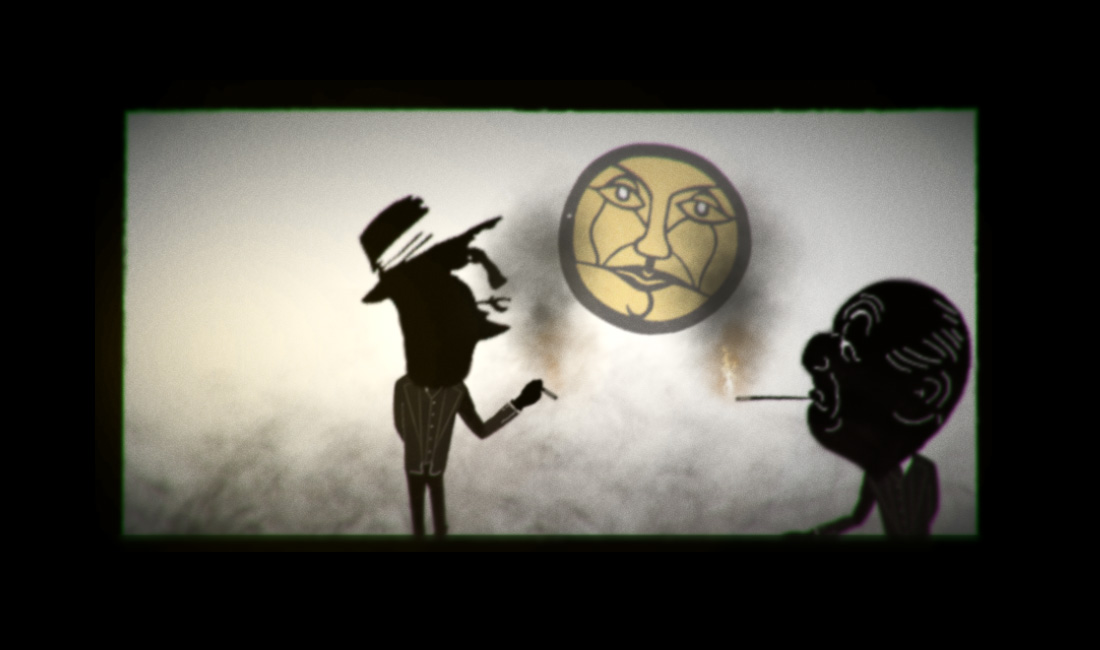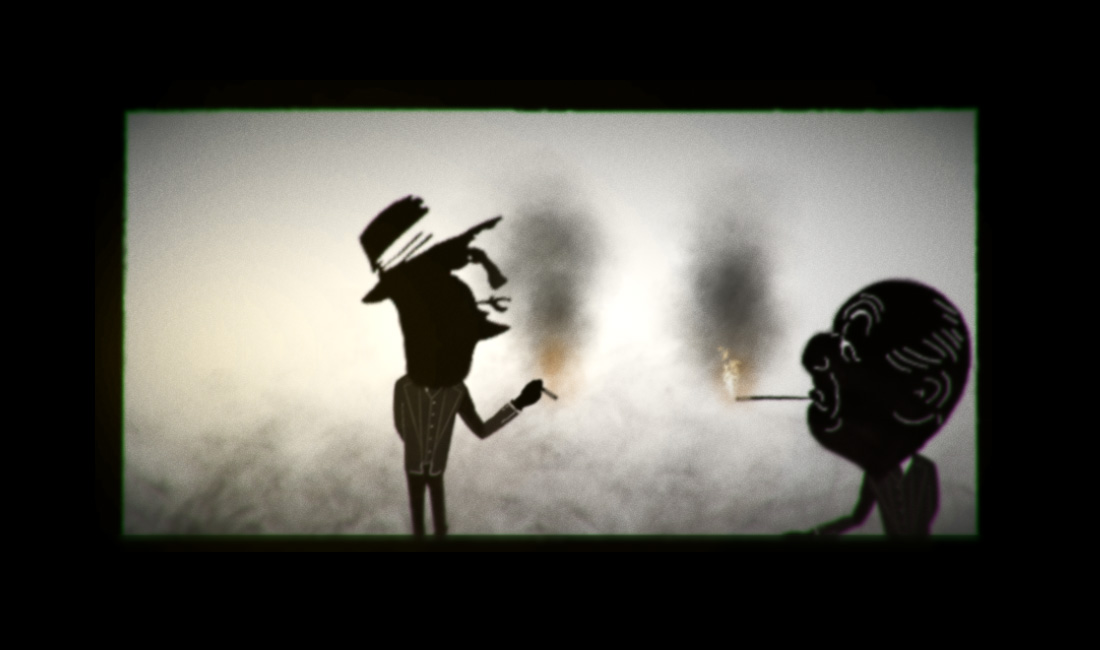My response to the YourFry digital storytelling challenge takes the form of a Gallanty show nodding back to the day when everything was 2D. A Gallanty is 'a pantomime shadow play, especially one in miniature using figures cut from paper.'
With my performance animation software, the ShadowEngine, the Shadow puppet is given a digital make-over using a games engine and touch surfaces (iPads) as puppet and cinematic controllers. Multiple performers or interested audience members take control of the digital puppet show using touch surfaces like iPhones or iPads and rehearse or casually respond to the story-making and improvised flow.
The Fry Chronicles, shaped by Mr Fry's polymathic presence, with a fusion of vaudeville, musical theatre, debauchery, indulgence, geekery and the celebration of old and new media chime with my inner media archaeologist and 'The Fry Chronicles' exemplifies the material for which the ShadowEngine was created.
The ShadowEngine is an ongoing investigation into visualising archival puppet designs, digitally restoring performances and creating digital work with a sensitivity to old media forms.
The material and vignettes are derived from 'The Fry Chronicles' by Stephen Fry.
UPDATES IN PROGRESS: Further project videos are being encoded about characters, control, scenography and cinematics. Please visit again soon.
Work is more fun than fun.
Noël Coward
YourFry Project Introduction from Ian Grant on Vimeo.
Extract 'The World Service' from Ian Grant on Vimeo.
The videos demonstrate the way the system works and indicate the possibility for collaborative real-time or 'performance animation'. Multiple iPads can control the characters, cinematics, lighting, scenography. I've tested six iPads simultaneously but theoretically many more will work.
I'm particularly interested in how achievable nuanced and expressive puppeteerly movement is with an animation system that blends physics based animation, real-time user interaction and key-framing. Add to that the addictive technical acts of programming, designing and tinkering. I've experimented with the following (some wonderfully geeky):
- Using hand tracking (with the Leap Motion) rather than touch to control the puppets
- Using eye-tracking (with the Eye Tribe). I wish to devise an interactive mode to facilitated eye-tracking based control of the puppet figures. Most successful experiment so far involves 'staring' or dwelling on a character to heat up / agitate the physics system.
- Tele-remote collaborative puppeteering by transmitting character movement data using OSC over HTTP with node.js. However, it is a little easier to use Photon Unity Networking
It may be important to note the introduction video has sped up the animation which sometimes works and appears dynamic but often appears jerkier than it would in real-time. The other videos have real-time playback tempo.
Scratch shows conceived/developed so far:
- Various Karagöz / Karagiozis Shows (Archival Restoration)
- The Fry Chronicles (Extracts)
- Of Minnie the Moocher and Me (Extracts)
- 1666: The Great Fire of London (Devised)
- Billy Waters: The London Fiddler (A Galanty Show) (Restoration)
- Phenomonal Cat and other Children's Songs of the Kinks (Extract)

